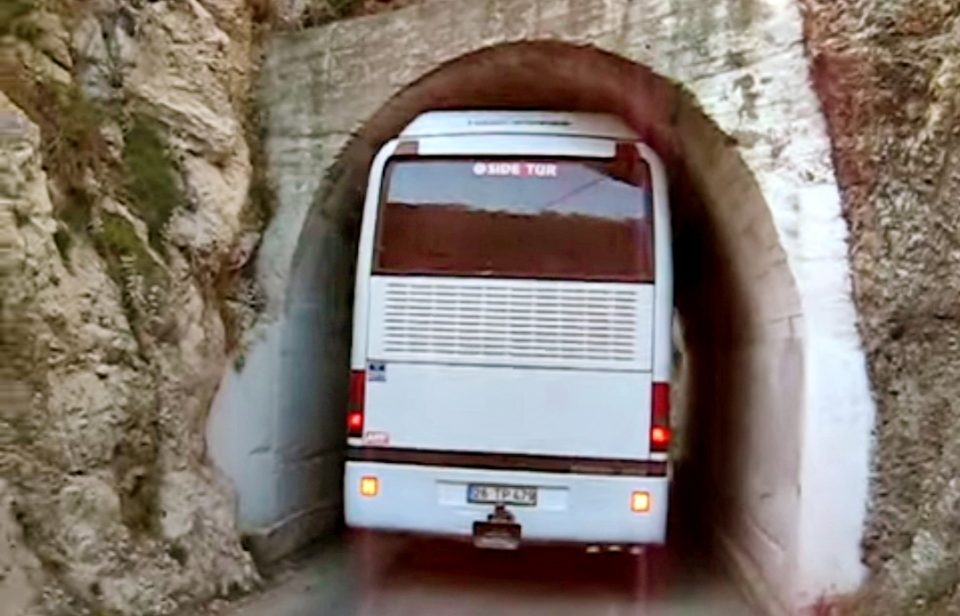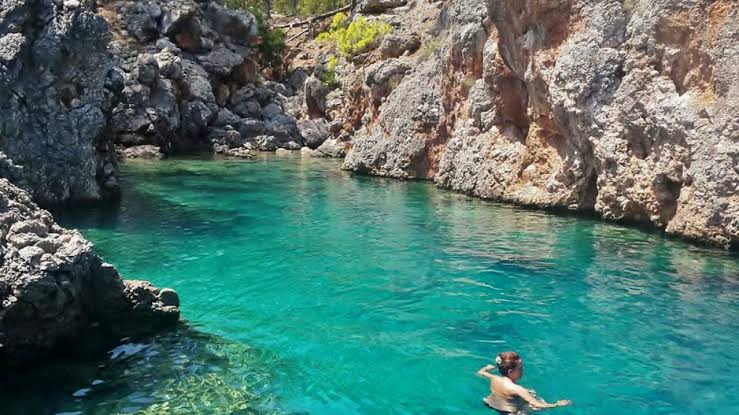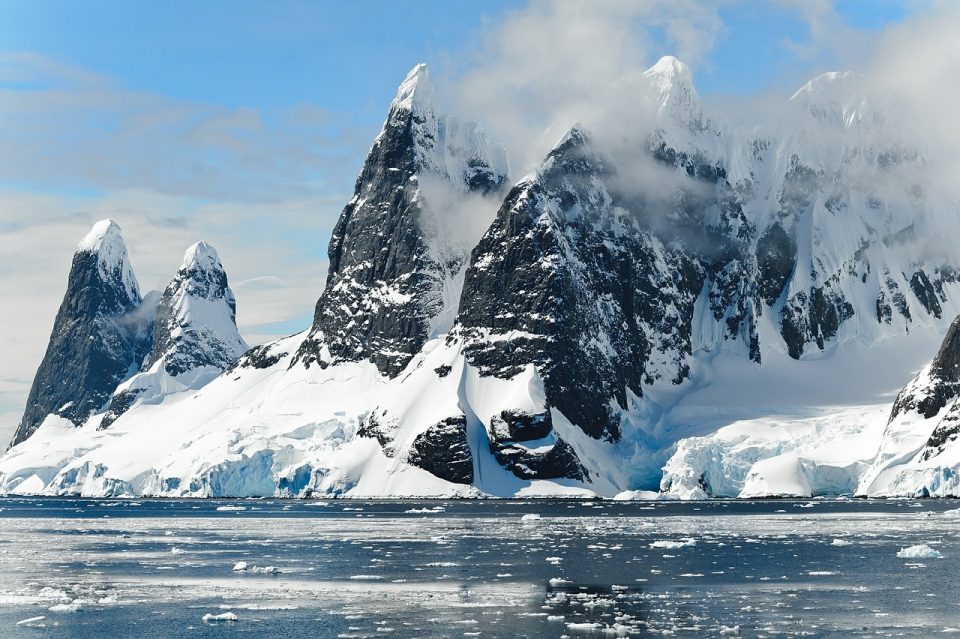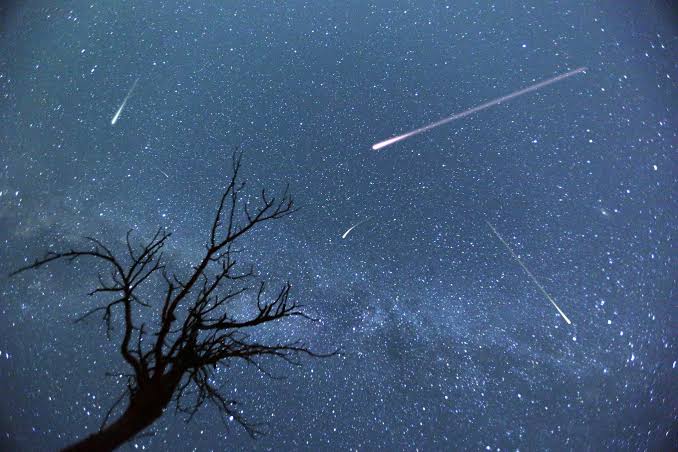Lake Athabasca in Canada – Natural Beauty of Provincial Parks
Lake Athabasca (/ˌæθəˈbæskə/; French: lac Athabasca; from Woods Cree: aðapaskāw, “[where] there are plants one after another”) is located in the northwest corner of Saskatchewan and the northeast corner of Alberta between 58° and 60° N. The lake is 26% in Alberta and 74% in Saskatchewan.
The name in the Dene language originally referred only to the large delta formed by the confluence of the Athabasca River at the southwest corner of the lake. Prior to 1789, Sir Alexander Mackenzie explored the lake. In 1791, Philip Turnor, cartographer for the Hudson’s Bay Company, wrote in his journal, “low swampy ground on the South side with a few willows growing upon it, from which the Lake in general takes its name Athapison in the Southern Cree tongue which signifies open country such as lakes with willows and grass growing about them”. Peter Fidler originally recorded the name for the river in 1790 as the Great Arabuska. By 1801, the name had gained a closer spelling to the current name—Athapaskow Lake. By 1820, George Simpson referred to both the lake and the river as “Athabasca”.
The lake covers 7,850 km2 (3,030 sq mi), is 283 km (176 mi) long, has a maximum width of 50 km (31 mi), and a maximum depth of 124 m (407 ft), and holds 204 km3 (49 cu mi) of water, making it the largest and deepest lake in both Alberta and Saskatchewan, and the eighth largest in Canada. Water flows northward from the lake via the Slave River and Mackenzie River systems, eventually reaching the Arctic Ocean.
Fort Chipewyan, one of the oldest European settlements in Alberta, is located on the western shore of the lake, where the Rivière des Rochers drains the lake and flows toward Slave River, beginning its northward journey along the eastern boundary of Wood Buffalo National Park. The eastern section of the lake narrows to a width of about 1 km (.6 miles) near the community of Fond du Lac located on the northern shore then continues to its most easterly point at the mouth of the Fond du Lac River.
Fidler Point on the north shore of Lake Athabasca is named for Peter Fidler, a surveyor and map maker for the Hudson’s Bay Company.
Along with other lakes such as the Great Bear Lake and Great Slave Lake, Lake Athabasca is a remnant of the vast Glacial Lake McConnell.
Tributaries
Tributaries of Lake Athabasca include (going clockwise); Fond du Lac River, Otherside River, Helmer Creek, MacFarlane River, Archibald River, William River, Ennuyeuse Creek, Dumville Creek, Debussac Creek, Jackfish Creek, Claussen Creek, Old Fort River, Crown Creek, Athabasca River, Colin River, Oldman River, Bulyea River, Grease River and Robillard River.
Uranium and gold mining along the northern shore resulted in the birth of Uranium City, Saskatchewan, which was home to mine workers and their families. While the last mine closed in the 1980s, the effects of mining operations had already heavily contaminated the northern shores. The large oil sands mining nearby is suspected to have added to the current pollution levels in the lake.
On October 31, 2013, one of Obed Mountain coal mine’s pits failed, and from between 600 million to a billion liters of slurry poured into the Plante and Apetowun Creeks. The plume of waste products then joined the Athabasca River, travelling downstream for a month before settling in Lake Athabasca near Fort Chipewyan, over 500 km (310 mi) away.
The Lake Athabasca Sand Dunes, the largest active sand dunes in the world north of 58°, are adjacent to the southern shore. The dunes were designated a “Provincial Wilderness Park” in 1992.
Lake Athabasca contains 23 species of fish, with a world record lake trout of 46.3 kg (102 lb) caught from its depths in 1961 by means of a gillnet. Other fish species include walleye, yellow perch, northern pike, goldeye, lake whitefish, cisco, Arctic grayling, burbot, white sucker and longnose sucker.
The Athabasca River (French: Rivière Athabasca) is a river in Alberta, Canada, which originates at the Columbia Icefield in Jasper National Park and flows more than 1,231 km (765 mi) before emptying into Lake Athabasca.[5] Much of the land along its banks is protected in national and provincial parks, and the river is designated a Canadian Heritage River for its historical and cultural importance. The scenic Athabasca Falls is located about 30 km (19 mi) upstream from Jasper.
Habel Creek
Warwick Creek
Quincy Creek
Chaba River
Dragon Creek
Sunwapta River
Ranger Creek
Fryatt Creek
Lick Creek
Geraldine Lakes
Kerkeslin Creek
Hardisty Creek
Whirlpool River
Astoria River
Portal Creek
Wabasso Creek
Whistlers Creek
Tekerra Creek
Miette River
Pyramid Lake
Maligne River
Garonne Creek
Snaring River
Morro Creek
Cobblestone Creek
Corral Creek
Jacques Creek
Rocky River
Snake Indian River
Mountain Creek
Fiddle River
Supply Creek
Oldhouse Creek
Prine Creek
Maskuta Creek
Central Alberta
Hardisty Creek
Fish Creek
Cache Petotte Creek
Tiecamp Creek
Canyon Creek
Ponoka Creek











